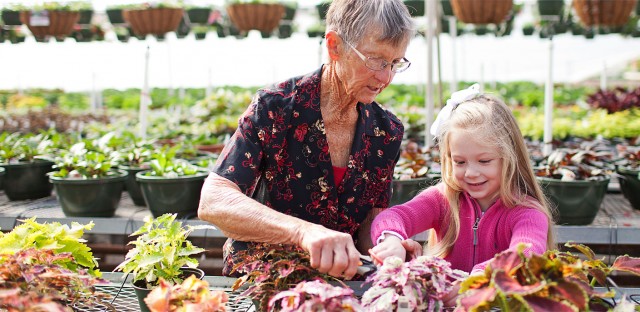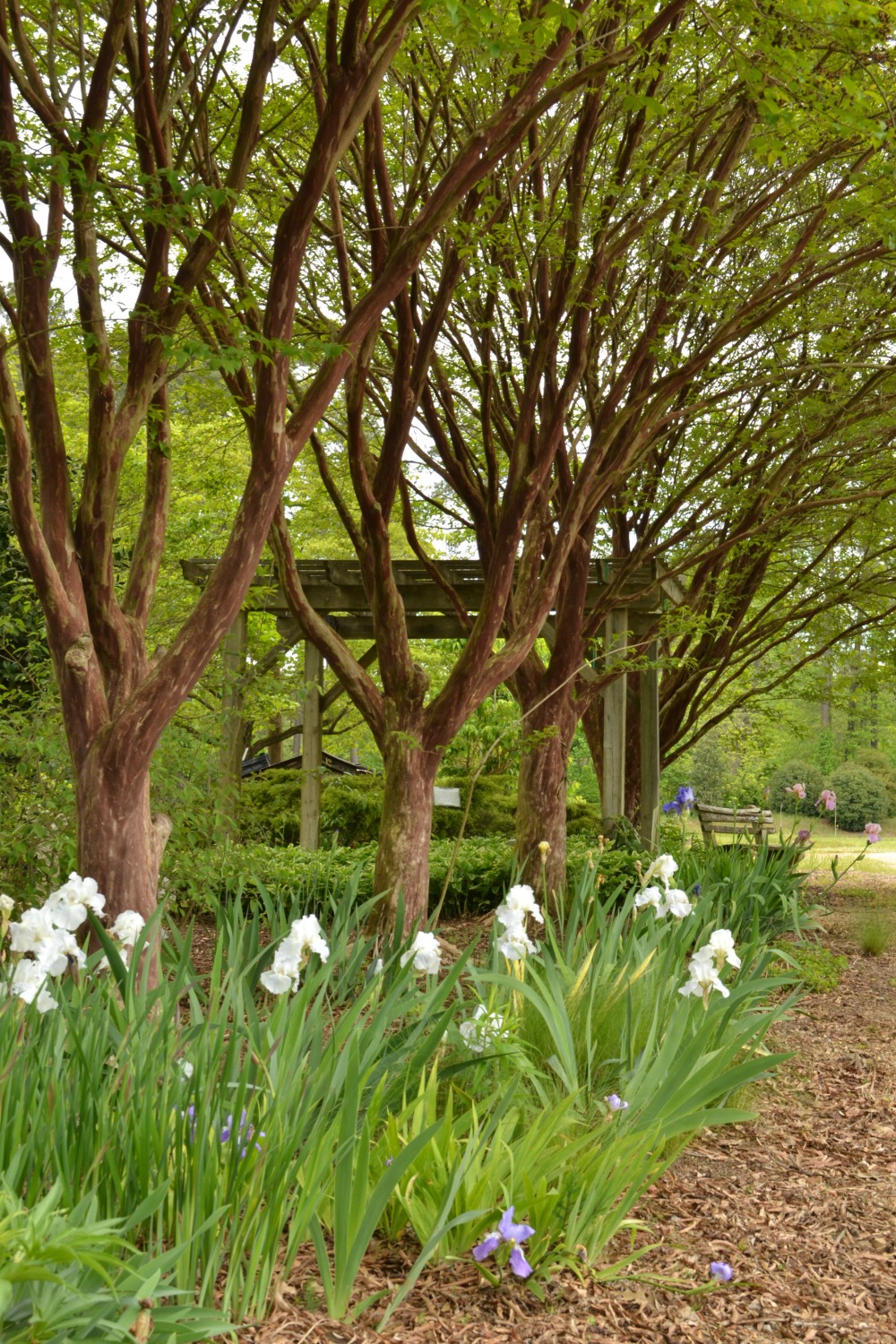Fall Bulb Basics: Which Bulbs to Plant in Fall
Planting fall bulbs is an easy way to bring your winter-weary garden to life well before perennials poke their noses out of the ground, and before it is warm enough to plant annuals. Fall bulbs bloom in the spring and early summer; they generally flower from January through June, depending on the type of bulb and where you live.
Below is a breakdown of the best bulbs to plant in fall, as well as a year-round bulb garden plan to keep your flower beds beautiful through the seasons.
Types of Bulbs
Bulbs are a diverse group of plants which have one thing in common: they store food underground in a fleshy structure commonly called a bulb. Without getting too technical, there are four different types of “underground storage structures.” They are true bulbs, rhizomes, corms, and tubers.
True Bulbs
True bulbs include daffodils, tulips, hyacinth and lilies. These are the most familiar types of underground storage structures.
Rhizomes
Good examples of rhizomes are cannas and iris. Both of these are beautiful fall bulbs with distinctly ruffled and colorful petals.
Tubers
Anemones and dahlias are grown from tubers. Explore these fall bulbs and other perennials at our garden center today!
Corms
Good examples of corms are gladiolus, freesia, liatris, and cyclamen. Cyclamen has a long blooming period and produces an array of fresh, elegant flowers.
Location
When picking which bulbs to plant in fall in your garden, don’t forget location! The key to selecting a good location is finding an area that isn’t mowed until after the foliage ripens or turns yellow. Ripening foliage feeds the underground bulb so it can store energy and nutrients needed to bloom next spring.
This type of planting is well-suited underneath deciduous trees, in grassy meadows, along paths and borders, in rock gardens, or brightening a natural area. Some fall bulbs are best displayed in small clusters and others in large masses. Many bulbs can be scattered over an area and allowed to naturalize.
Fall Planting & Care
Ideally, bulbs should be planted in our area of the country (Fairview Garden Center is located in North Carolina) from mid October through January 1st. Fall bulbs can be planted as long as the soil is workable. Most bulbs prefer full sun, but many do well in partial shade.
A well-drained, neutral pH soil is also necessary for good growth. Most soils in our area benefit from adding organic matter, such as soil conditioner or compost. Apply 2”-3” of organic matter along with a high phosphorus or bulb fertilizer. Then turn the soil over to incorporate the amendments.
Whenever possible, plant bulbs in odd numbered groups of five or more. If your design includes rows, stagger them to create a dense, full look. Dig holes with a bulb planter or trowel. Not all bulbs are planted at the same depth so be sure to follow the planting depths and spacing listed on the package label. Place the bulbs, pointed end up, in the bottom of the hole. Press firmly and cover with soil. Water the bulbs thoroughly after planting.
Visit Us at Fairview Garden Center
We hope these tips will help you find the best bulbs to plant in fall, no matter what kind of garden you’re creating! Contact us or stop by our garden center in-person to browse our greenhouses filled with different perennials, annuals, trees, shrubs, and other types of plants.
Good Luck!
Cindy, Garden Center
FairviewGreenhouses & GardenCenter
Page updated on July 19, 2022












